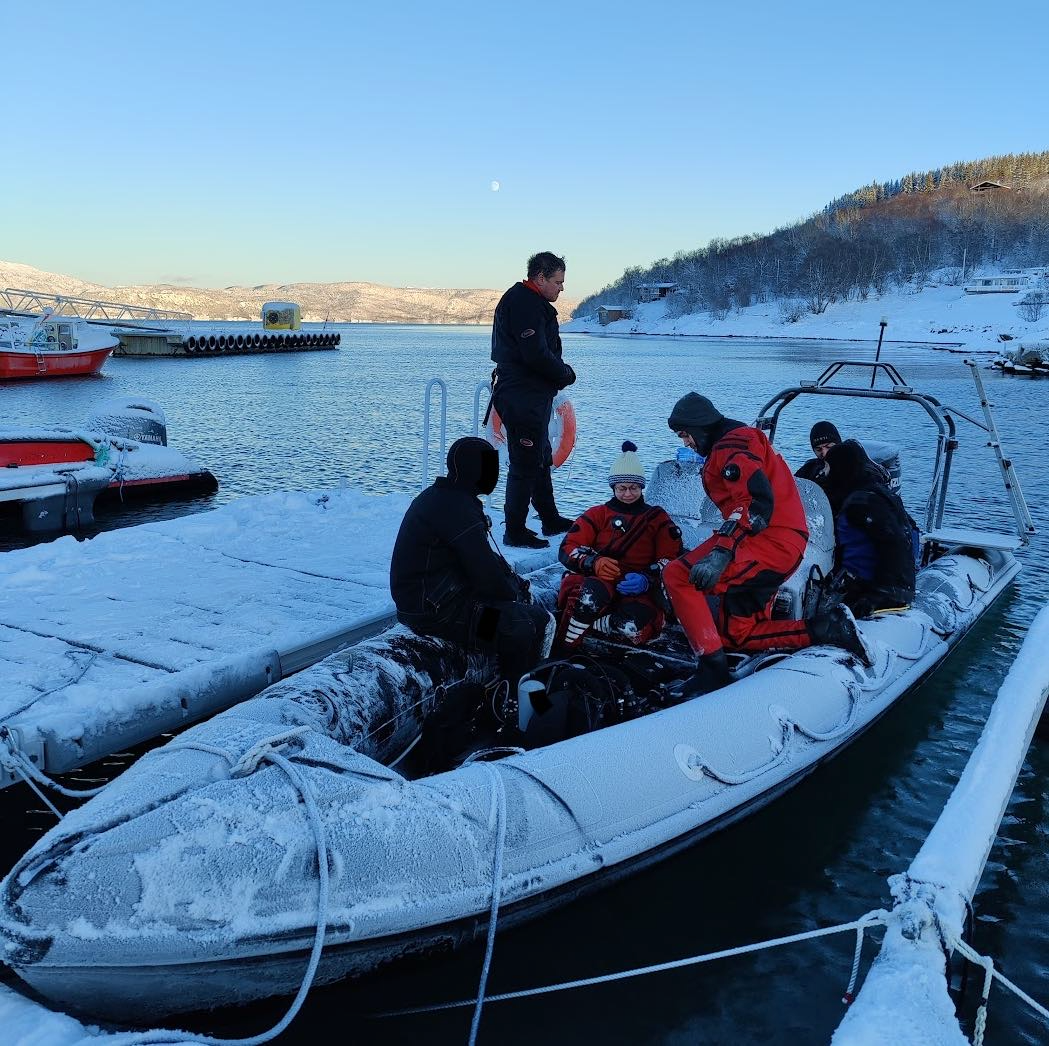About Bothnian sea diving
For a long time, there was a dream of finding all the wrecks that lie in the Bothnian Sea. During dark and cold winter nights, the stories have been read, memorized and documented. Naturally driven by an interest that has grown stronger over the years but which began almost 30 years ago. Newly qualified diver that I was, I got the chance to dive on the recently found wreck Nedjan. A turn-of-the-century singer that had gone down one cold winter night 42-43 years earlier. Totally untouched she stood there, with the dishes in the sink, the ladles hanging in the galley and many fine details still left on the bridge. The whole experience has left a deep impression on my soul with a dream to study, experience and understand in a context where time has stopped.
The continuation of the diving career I often told about her, she who made such an impression. With age comes time, thoughts and interests boiled down. So diving became more and more focused, I trained more, thought a lot about what I was really getting into. So one day, it was just a finished project, the plan was ready. Documenting wrecks was the idea, to show what treasures lie at the bottom of our inland sea, the Bothnian Sea.
Conditions in the Bothnian Sea?
The conditions in the Bothnian Sea are perfect for preserving wrecks. Dark due to particles and water quality, cold due to our northern location, low oxygen and no shipworm. This means you can step back in time as if in a time capsule, 100 years, 150 years or even longer.
The wrecks that we can see at the bottom of the Bothnian Sea are often very intact and extremely well preserved, we have found wrecks, such as Annie, at a depth of 34 meters that have been lying for 130 years in perfect condition, but often we have to go deeper to find wrecks that have been left alone.

